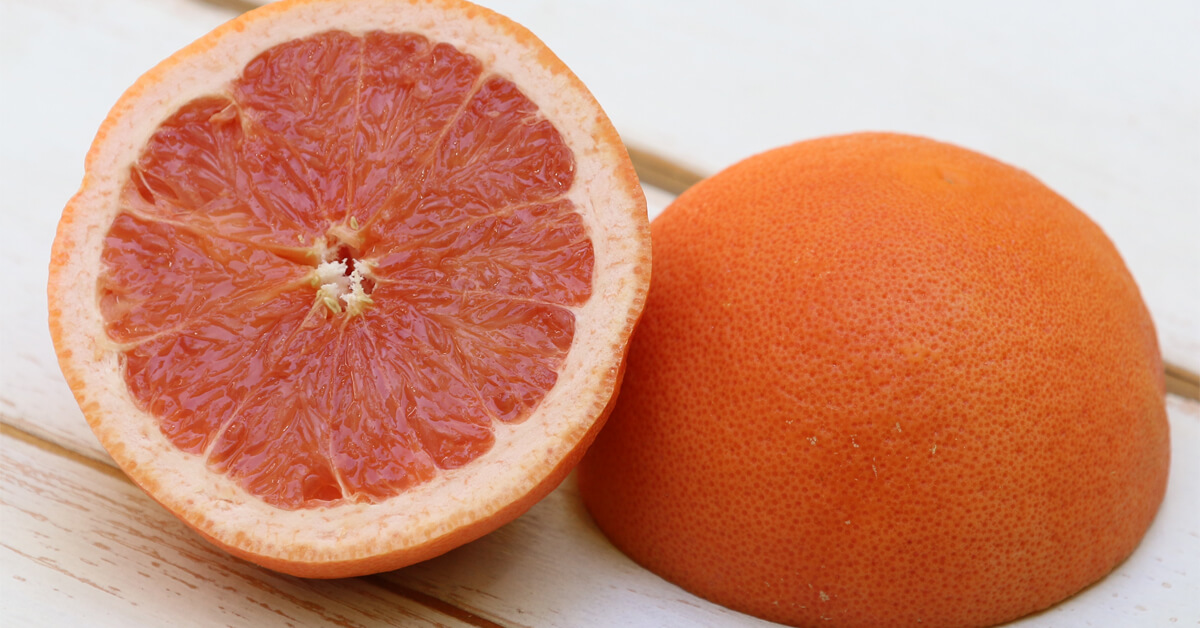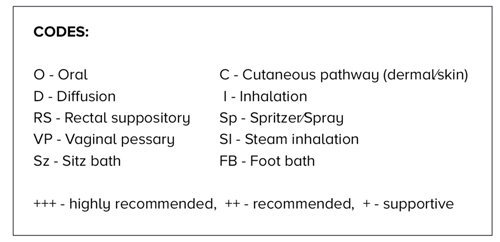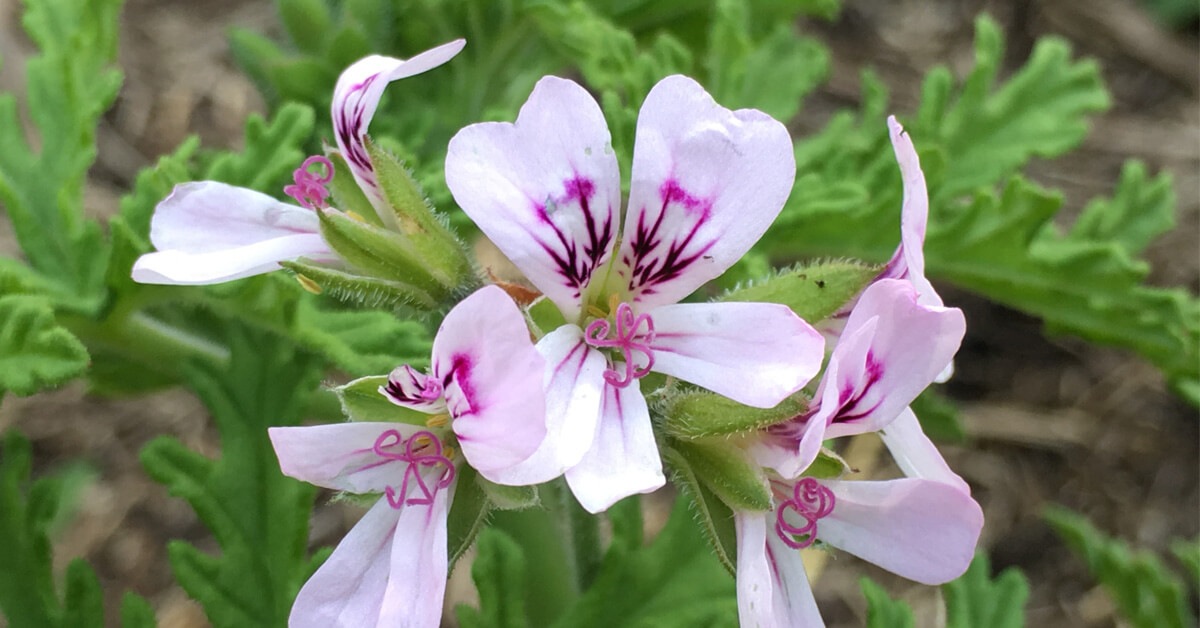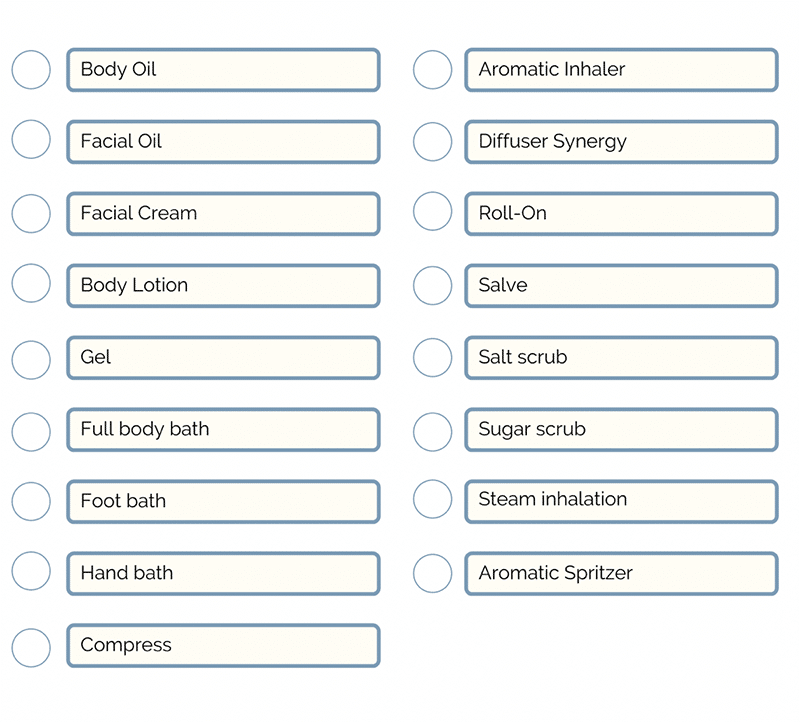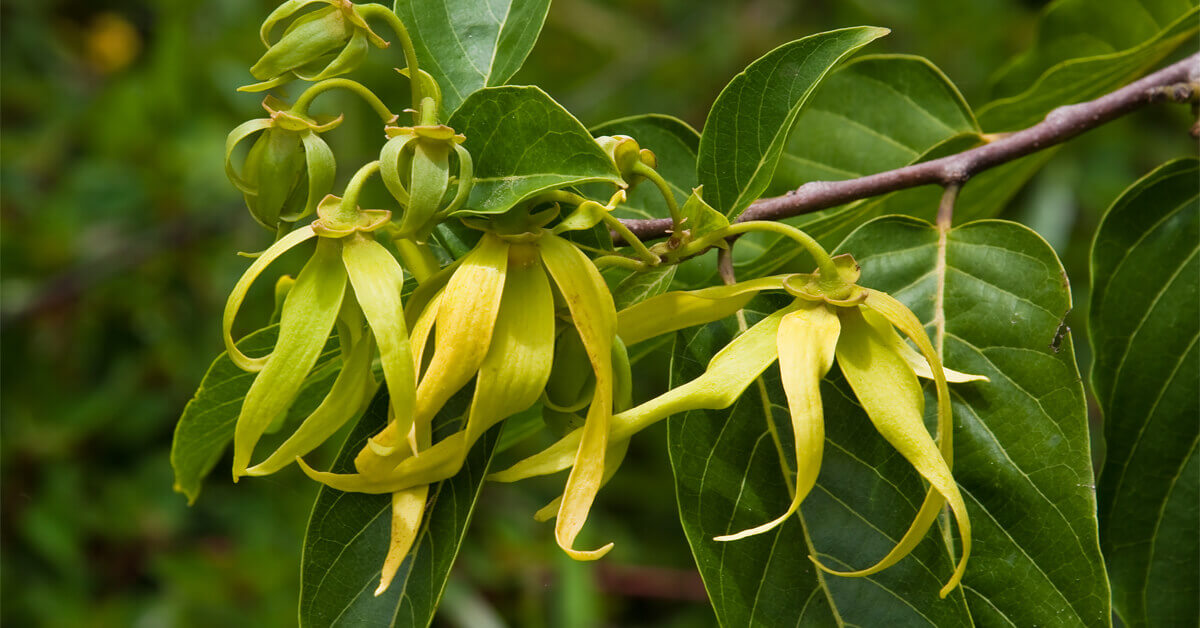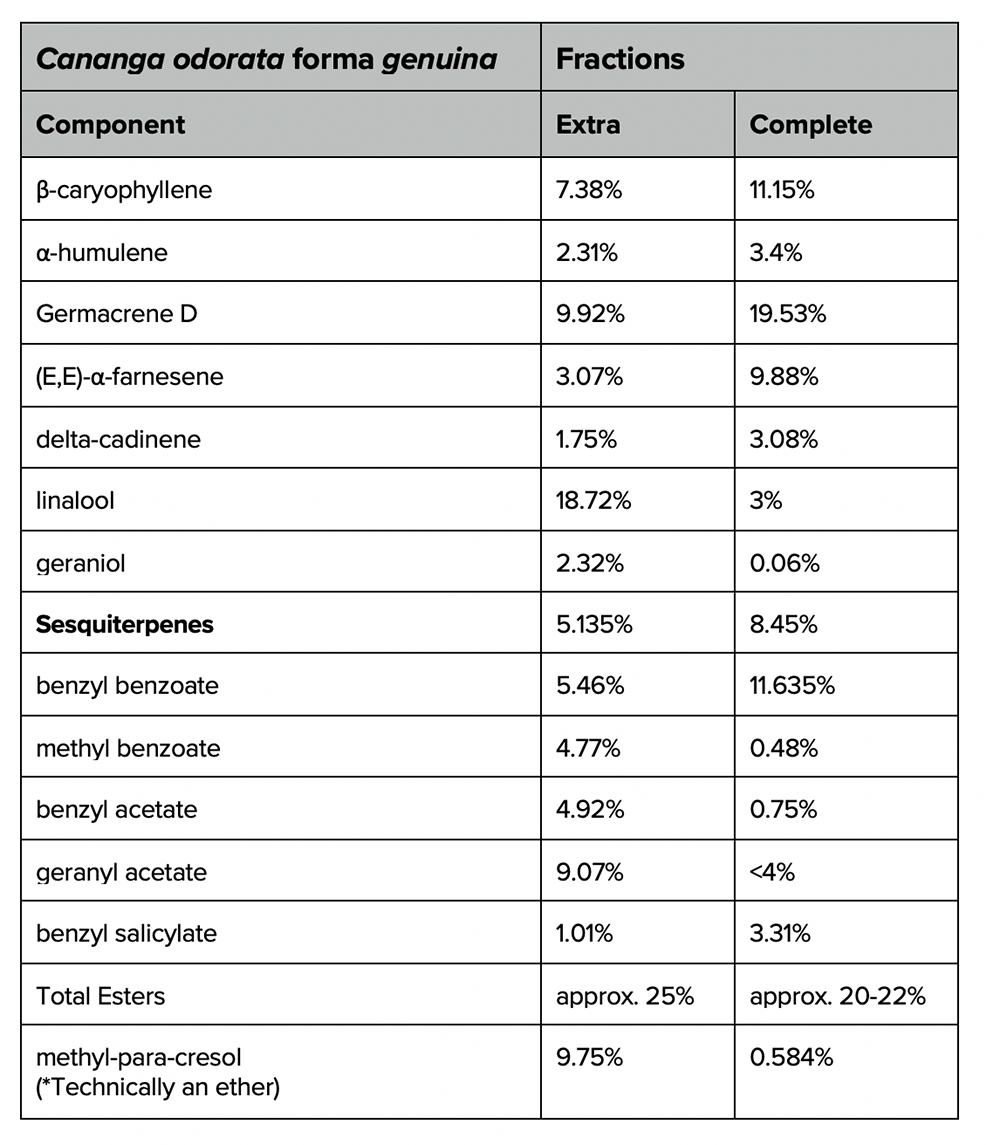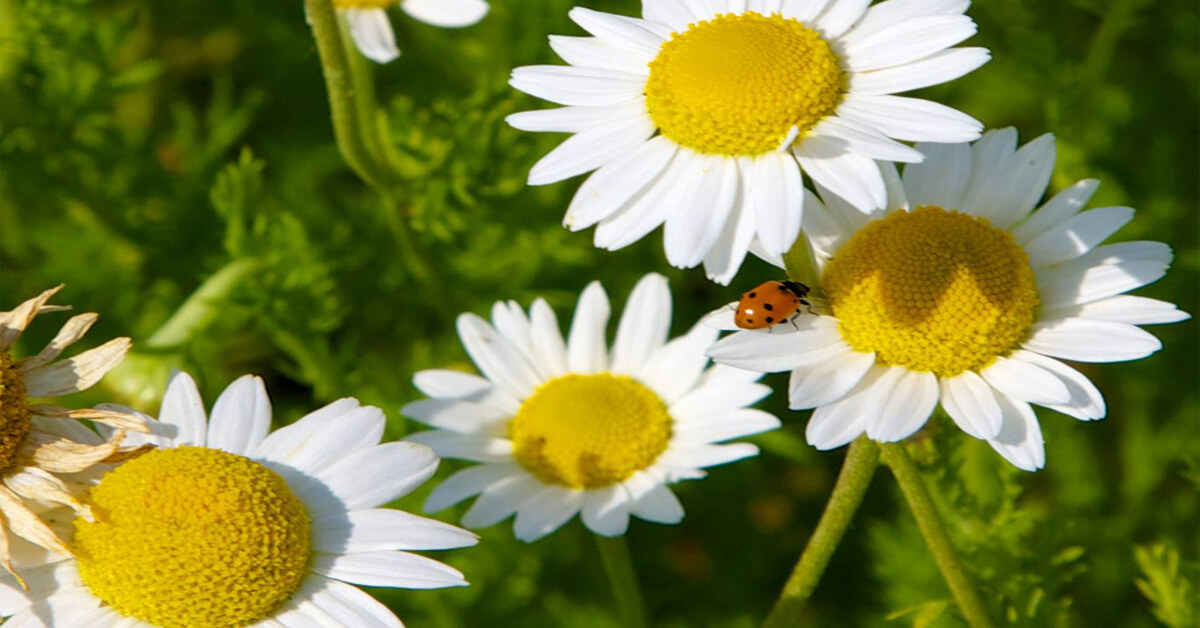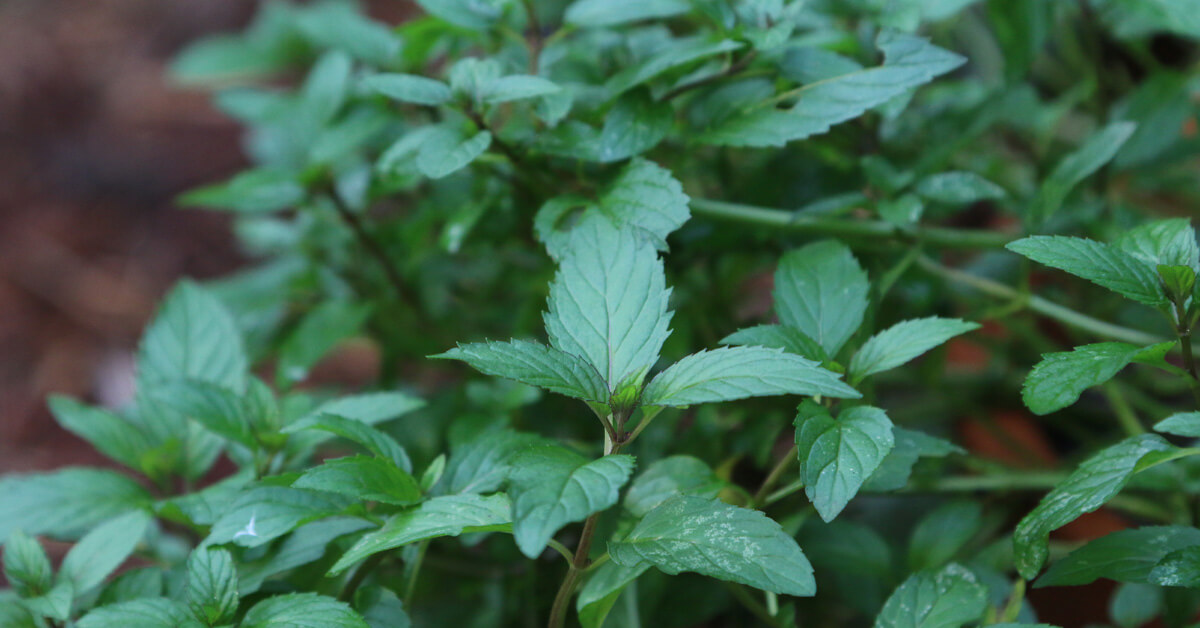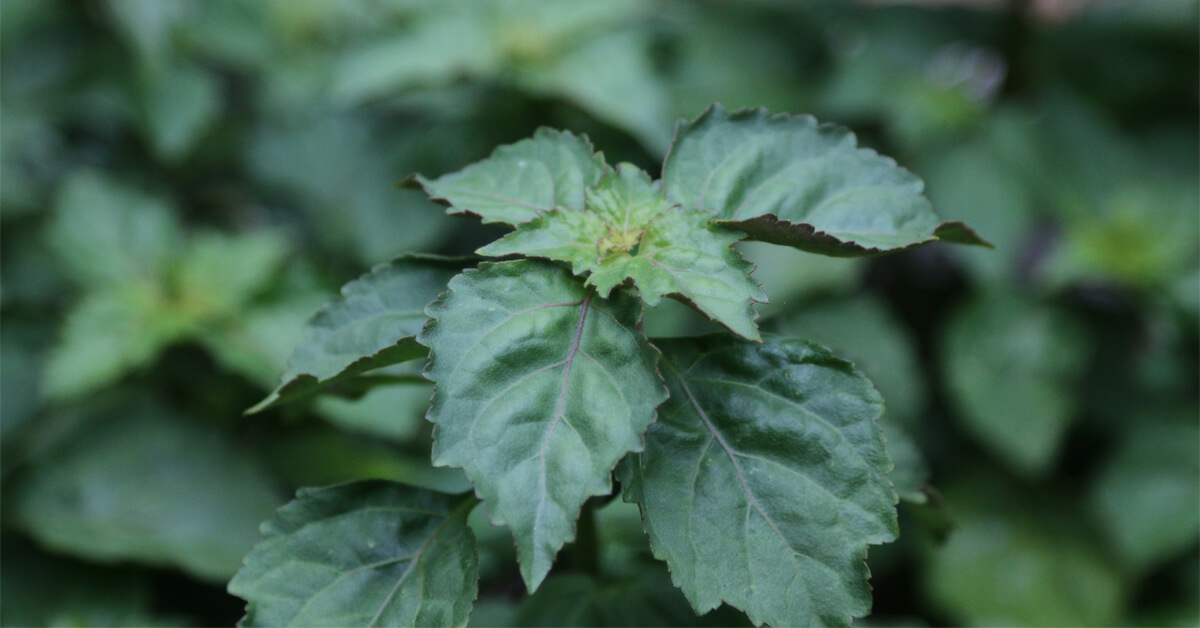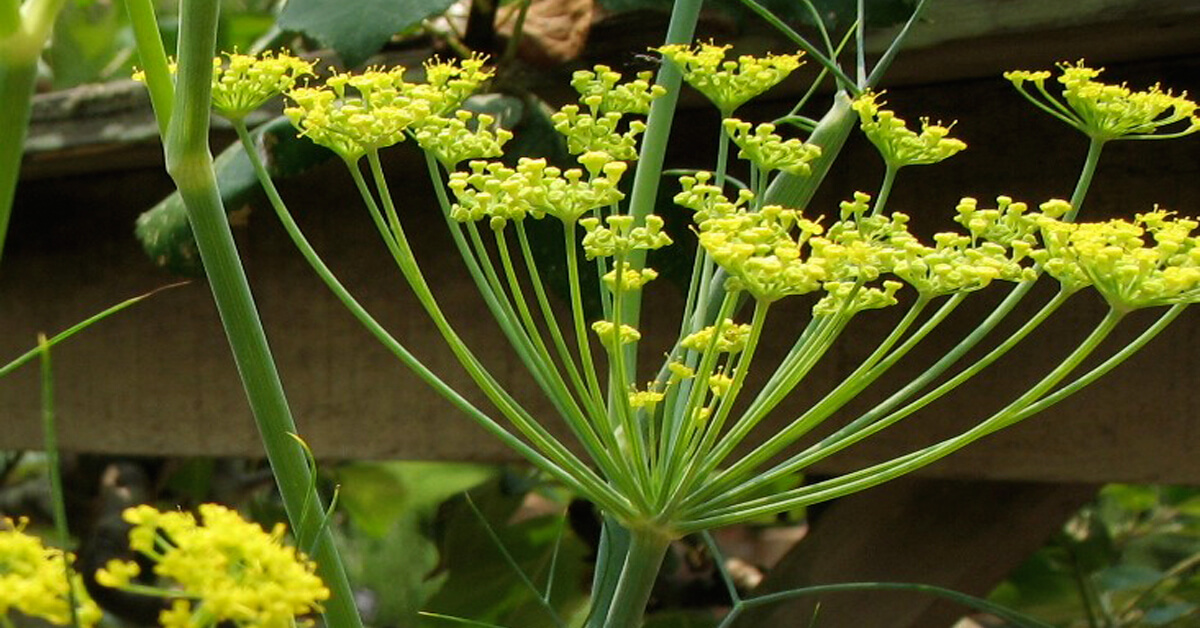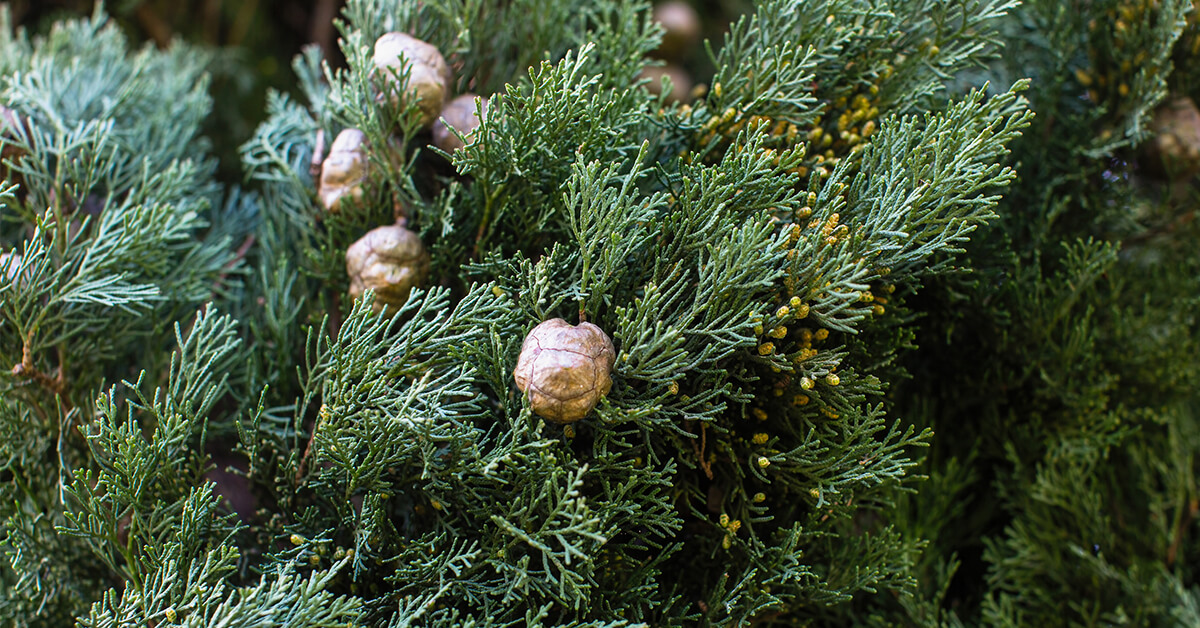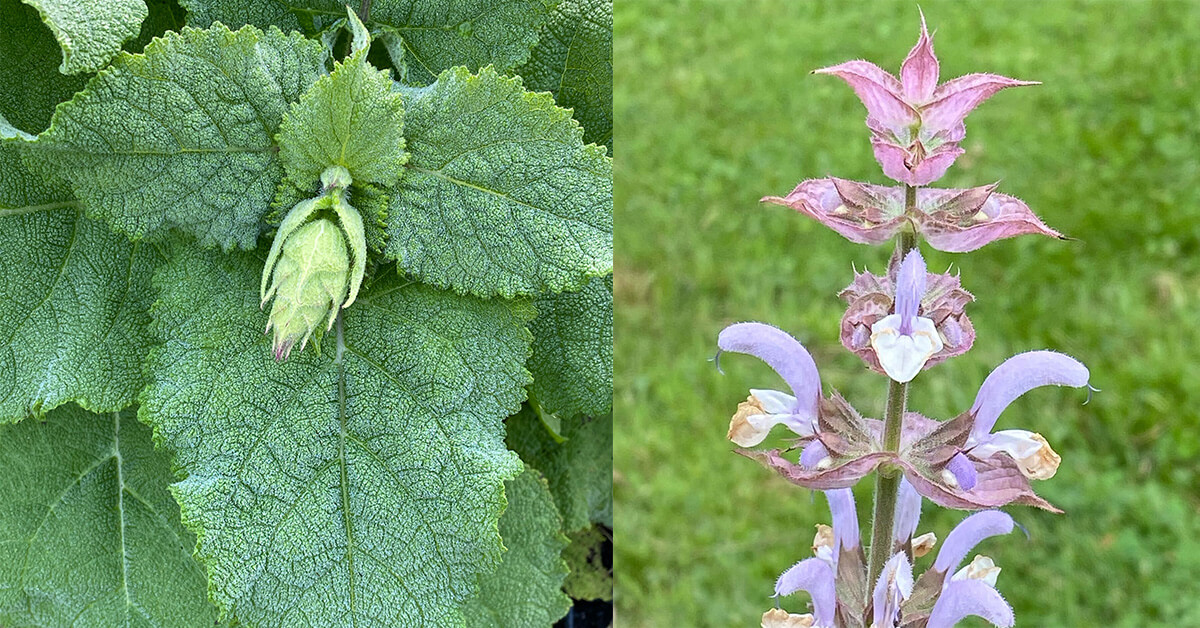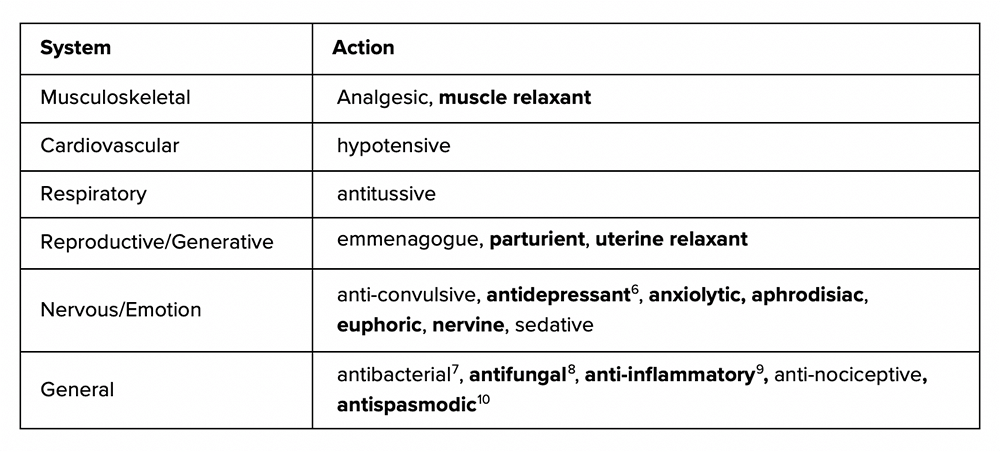Grapefruit
Citrus x paradisi Macfad. (pro sp.)
Watch Presentation on Grapefruit with Jade Shutes
BOTANICAL INFORMATION
Common names: Grapefruit, forbidden fruit, smaller shaddock
Scientific name: Citrus x paradisi Macfad. (pro sp.)
Botanical family: Rutaceae
Conservation status: Not defined
Description: Grapefruit is an evergreen hybrid in the Rutaceae family, likely a cross between C. maxima and C. sinensis that originated in Barbados. The tree grows at a moderate rate to 7 meters tall by 7 meters wide. Grapefruit thrives in sandy, loamy, and heavy clay soils, preferring them well-drained. It can grow in highly acidic soils, but does not tolerate shade.
The fruit is eaten and juiced, the peel candied, used in cakes, and as a source of pectin. The essential oil is obtained from the peel, and commonly used as a flavoring in soft drinks, chewing gum, sweets, baked goods, and ice cream.
Ethnobotany: Grapefruit was first described in 1750 by Griffith Hughes who dubbed it the “forbidden fruit” of Barbados. As a relatively new citrus fruit, grapefruit does not have a long history of traditional use, but the flower essence has been used to relieve insomnia, as a stomachic, and cardiac tonic and the pulp is used to treat urinary disorders.
EXTRACTION INFORMATION
Country of origin: Israel, USA, South Africa
Part of plant used: Peel/zest of fruit
Essential oil yield: 16.41% (expressed), 0.29-0.37% (distilled)
Extraction method: Expressed or Distilled
Color of oil: light yellow to light orange (expressed), pale to clear (distilled)
AROMATIC CHEMISTRY
Nineteen unique components make up 95.26% of the essential oil, mostly monoterpenes. Cold pressed and distilled Citrus paradisi essential oil contain similar chemical composition with very slight variations in percentages.
- Cold pressed essential oil: d-limonene (91.83%), β-myrcene (3.06%), and other components less then 1% include: α-pinene, β-ocimene, isopulegol, β-caryophyllene, β-cadinene, nootkatone (0.19%)
- Distilled essential oil: d-limonene (75.07-96.06%), β-myrcene (2.06-7.25%), α-pinene (2.11%), β-phellandrene (1.18%), octanol (1.68%), decanal (1.11%), caryophyllene (1.88%), and other components less then 1% include: y-terpinene, 3-carene and nonane. ,
DID YOU KNOW?
Nootkatone is responsible for the aroma of grapefruit. Traces of nootkatone have also been found in other citrus essential oils including: bergamot, lemon, lime, orange, and tangerine.
SAFETY INFORMATION
- Cautions: Due to the limonene content, it is important that the essential oil be stored properly (e.g., in a dark container in the refrigerator or in a cold room away from sunlight and heat). When limonene oxidizes, essential oils rich in this component can potentially cause dermal sensitization. Oxidized citrus essential oils should not be used in body care products or formulations designed for dermal application. The essential oil can, however, be used for cleaning products.
- Average shelf life for monoterpene-rich essential oils, such as grapefruit, when stored correctly is 1-3 years.
- GRAS status.
THERAPEUTIC ACTIONS
| System | Action |
|---|---|
| Digestive system | liver detoxification (Phase I and II), hepatoprotective, stimulant (lymphatic and digestive) |
| Urinary system | diuretic |
| Nervous/Emotion | antidepressant, anxiolytic9, relaxant, uplifting |
| General | antibacterial, anticarcinogenic, antifungal, anti-inflammatory, antimicrobial, antinociceptive, antioxidant10, antiseptic, antiviral, astringent |
SYSTEM AFFINITIES
Digestive, Nervous system, Psyche/emotion
BLENDING INFORMATION
Aroma description: fresh-citrusy, sweet
Blending factor: 7 – 8
Note: Top note
Blends well with: Juniper berry, cypress, peppermint, other citrus essential oils, Scots pine, jasmine, black pepper, monarda, palmarosa, geranium, sweet fennel, cardamom, rosemary ct. cineole or verbenone, patchouli
Substitutions: Lemon, sweet orange, juniper berry
CORE INDICATIONS
- General: air purifier (D+++, Sp+++)
- Circulatory system: sluggish circulation (supports circulatory stimulants such as juniper berry, rosemary, etc.) (C+++)
- Digestive system: constipation, sluggish digestion, general digestive fatigue, digestion-related migraine (C+++, O+++, I++, D+)
- Lymph/immune systems: sluggish lymph, edema, supportive to detoxification (C+++, O++, I+++)
- Musculoskeletal system: muscular aches and pains, rheumatism, muscle fatigue and/or stiffness (C+++, FB+)
- Nervous system: depression, anxiety, stress, nervous exhaustion (O+++, C+++, I+++, D+++, FB+++)
- Reproductive and Endocrine systems: PMS stress and/or tension (I+++, D+++, C+)
- Skin: astringent, oily /congested skin, cellulite, water retention, hair loss (C+++, O++)
- Psyche/emotion: agitation, depression, irritability, stress-related conditions, anxiety (I+++, D+++, FB++, O+)
________________ - Ayurveda: reduces excess Kapha congestion mentally, physically and emotionally; provides lightness to the heaviness of Kapha
________________
__________________
RECIPES
Inspiring Diffuser Synergy (stock bottle)
1 – 10 ml amber or blue cobalt bottle with European dropper (orifice reducer)
125 drops Grapefruit (Citrus x paradisi)
100 drops Rosemary ct. cineole (Rosmarinus officinalis)
75 drops Black pepper (Piper nigrum)
Calm the mind inhaler
1 Empty inhaler tube plus organic cotton wick or pad
12 drops Grapefruit (Citrus paradisi)
8 drops Lavender (Lavandula angustifolia)
6 drops Cardamom (Elettaria cardamomum)
